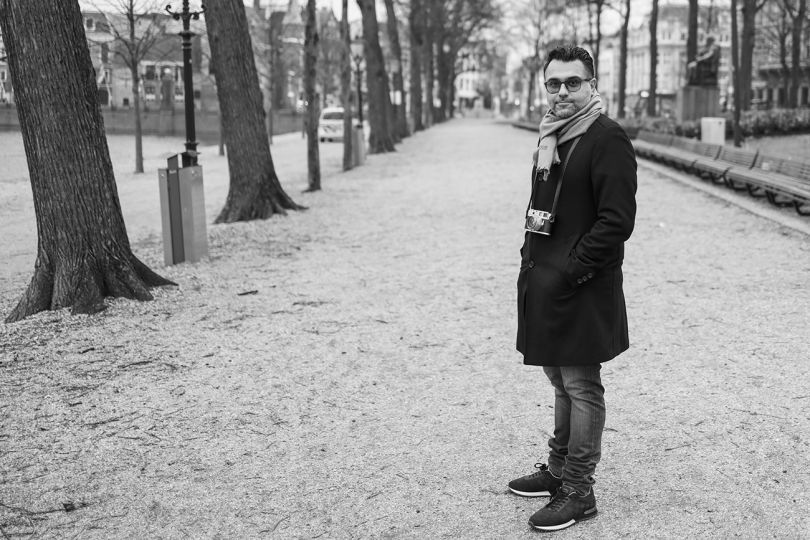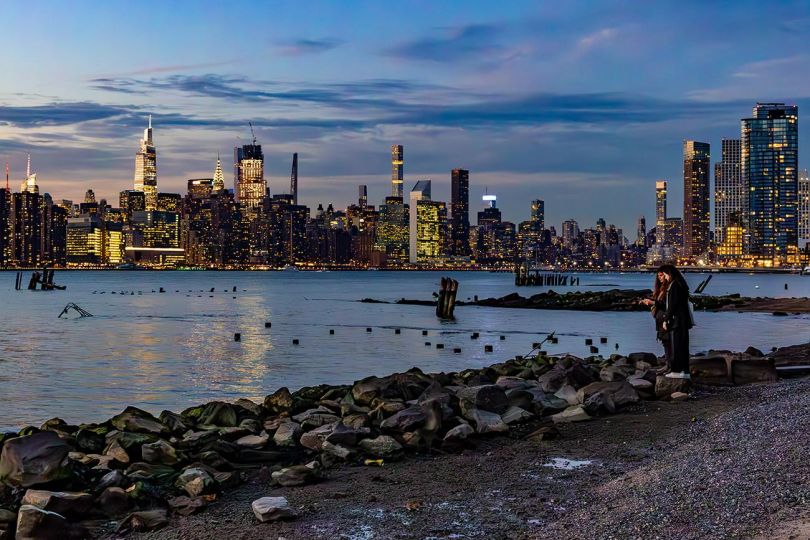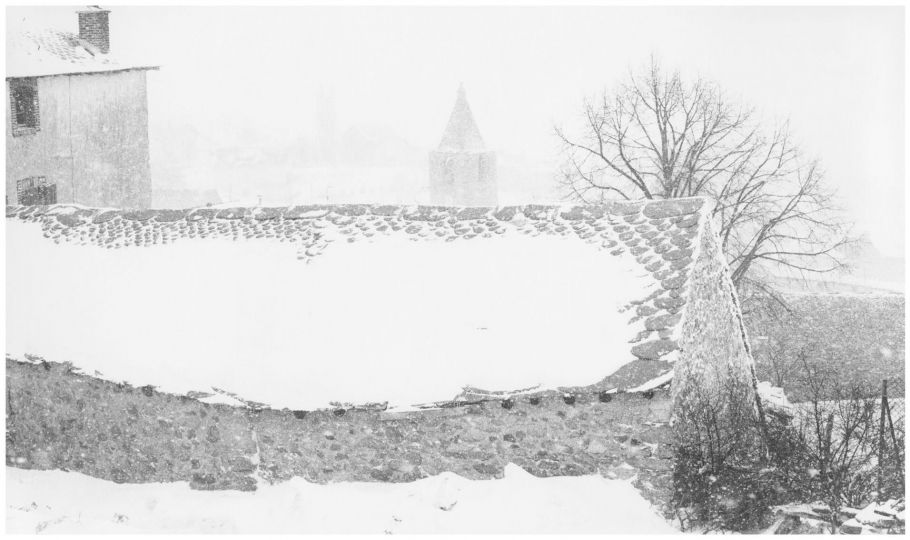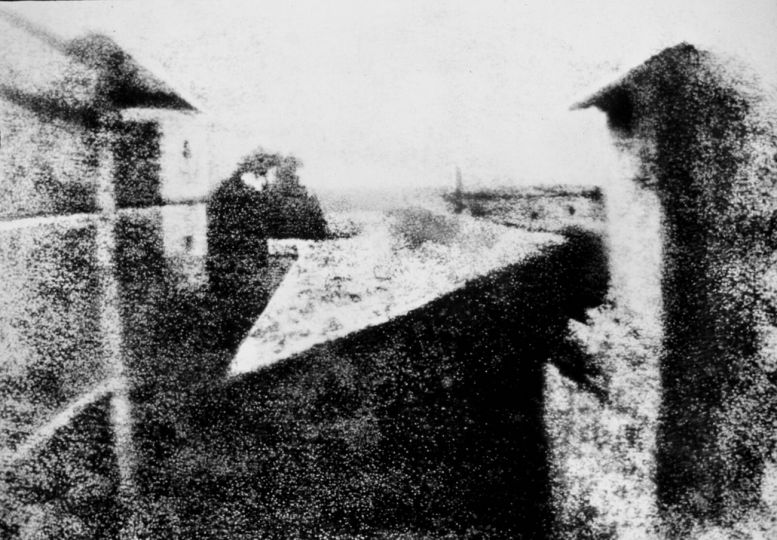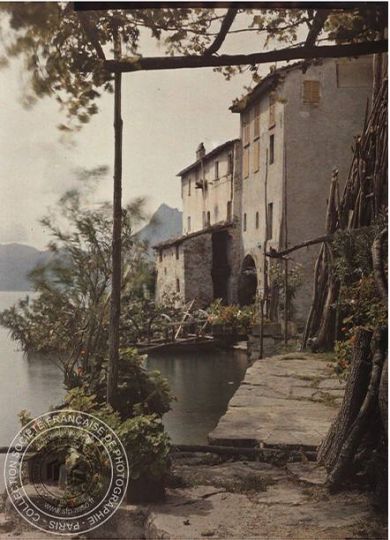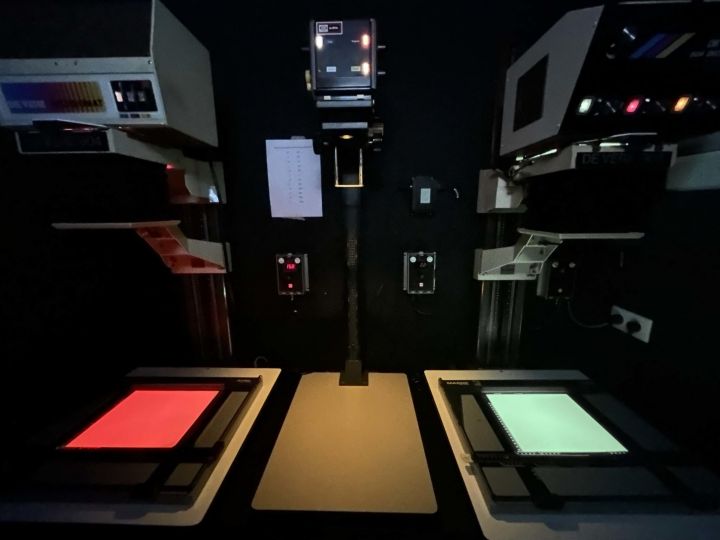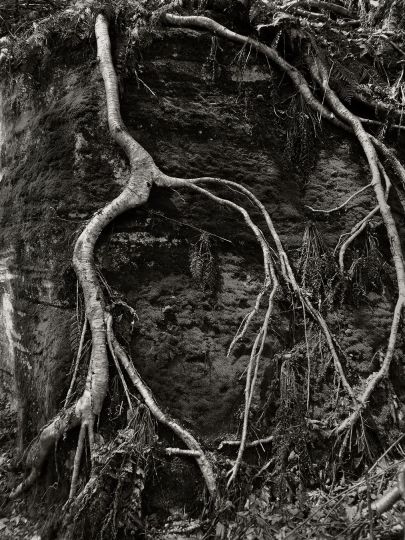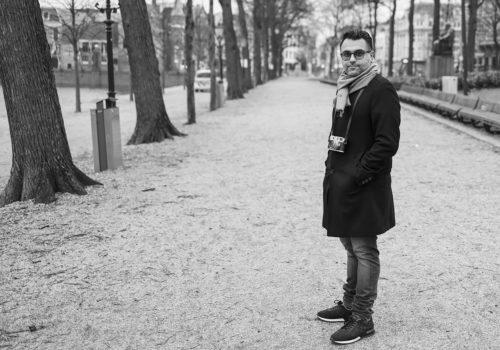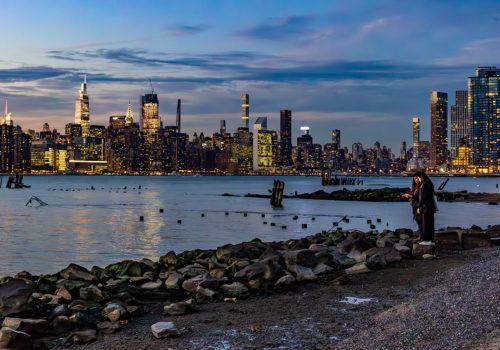Born in 1950, American photographer Arlene Gottfried died yesterday Tuesday, August 8, 2017. A tribute will be paid to her this Thursday, August 10 at the Riverside Memorial Chapel, 180 West 76th Street, New York. Arlene Gottfried was known for her passionate look at New York, her city of forever. Born in Brooklyn, on the shores of Coney Island, she spent her youth there before moving with the rest of her family, all Jewish immigrant, to the neighborhoods of Alphabet City. She graduated from the Fashion Institute of Technology and collaborated for The New York Times, Time, Fortune. Her photographs have been included in the collections of the European House of Photography (MEP), the Brooklyn Museum of Art or the New York Public Library. Her latest book, Mommie : Three Genereations of Women, received the Time Magazine’s Best Photobook Award in 2016.
Her father Max gave her a camera when she was still a teenager. She went quite young toWoodstock with her 35 mm, with little reference or photographic knowledge. This innocence allows her to approach her subjects as closely as possible. In the mid-1970s Arlene Gottfried took a slightly amused look at all the fauna and flora of the beaches of her native Coney Island. “We lived in Coney Island and we were exposed to all sorts of people … No one else could have seen the odd and the bizarre and captured it that way,” said his brother Gilbert Gottfried (The Guardian). Subsequently, she received her first commission from the New York Times. These years are filled with ups and downs, at the rhythm of the commissions for Village Voice, Life. Her brother explains her relative notoriety, in the shadow of other emerging photographers, such as Annie Leibovitz, by her appetite for simple subjects, attracted by street, by the comic of everyday life rather than by stars and glitter.
In her series ‘Bacalaitos & Fireworks‘, Arlene Gottfried gives a tasty slice of the New York daily. With a special attention to the Puerto Rican community, broadly living in the Lower East Side. The eye keeps the street vendors of fried fish, hot summer evenings awakened by sudden fireworks, poverty, drugs, partying. She paced the blocks, knowing her subjects, captivating their singularities. And of this attachment for the subject, the humor shines, spring, bursts. It “comes from being with people”, she used to live with her subject, to evolve among them, as she explained it to The New York Times in 2016.
Her latest book, Mommie: Three Generations of Women, published by PowerHouse, relates the history of her own family with several stories and portraits, over a 35-year period: her 100-year-old grandmother, her fragile and sick mother and her sister. The photographs show this poor, simple Jewish family in their small apartment on Avenue A. The book is superb, simple, intimate and funny. Thus could be qualified her work.










